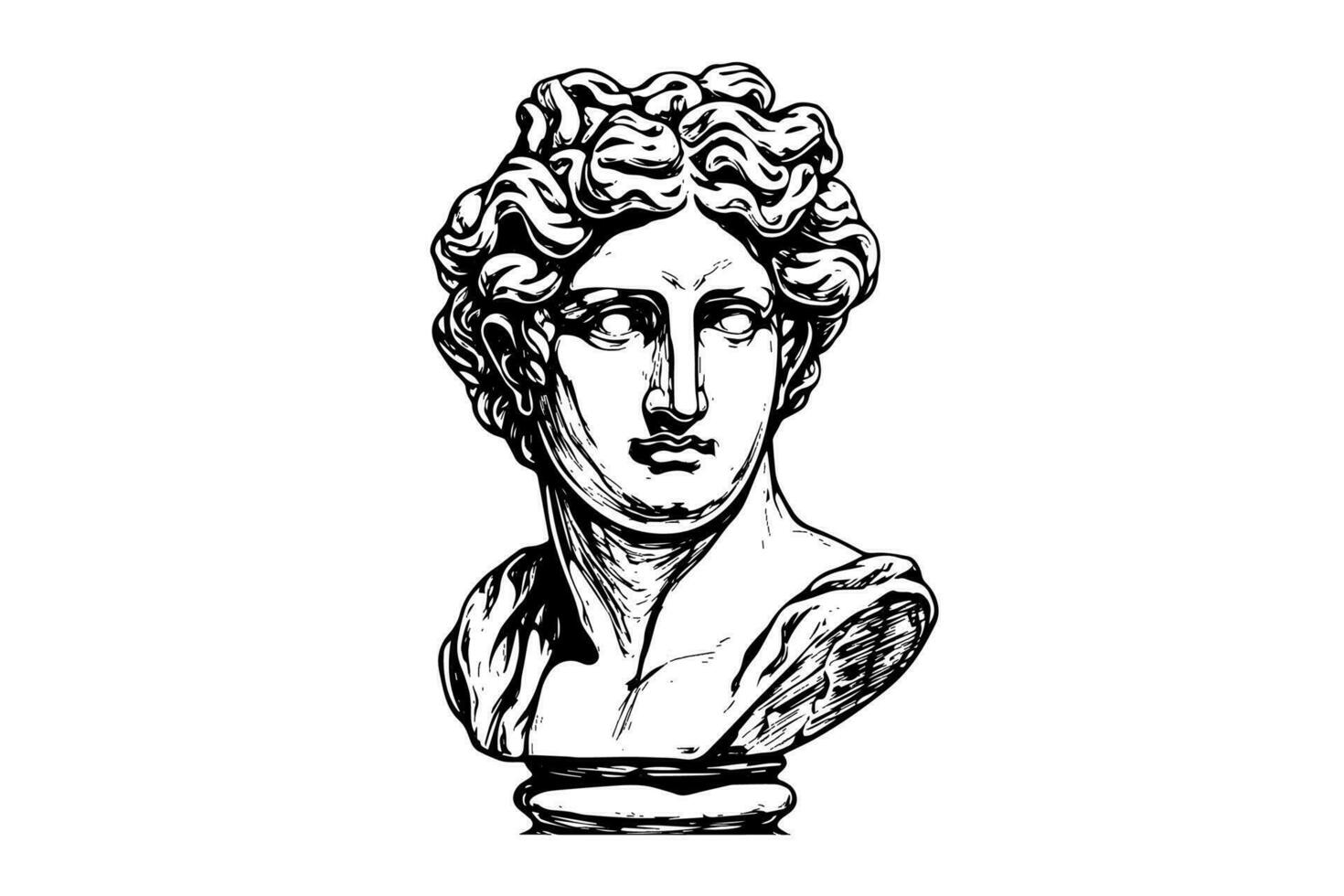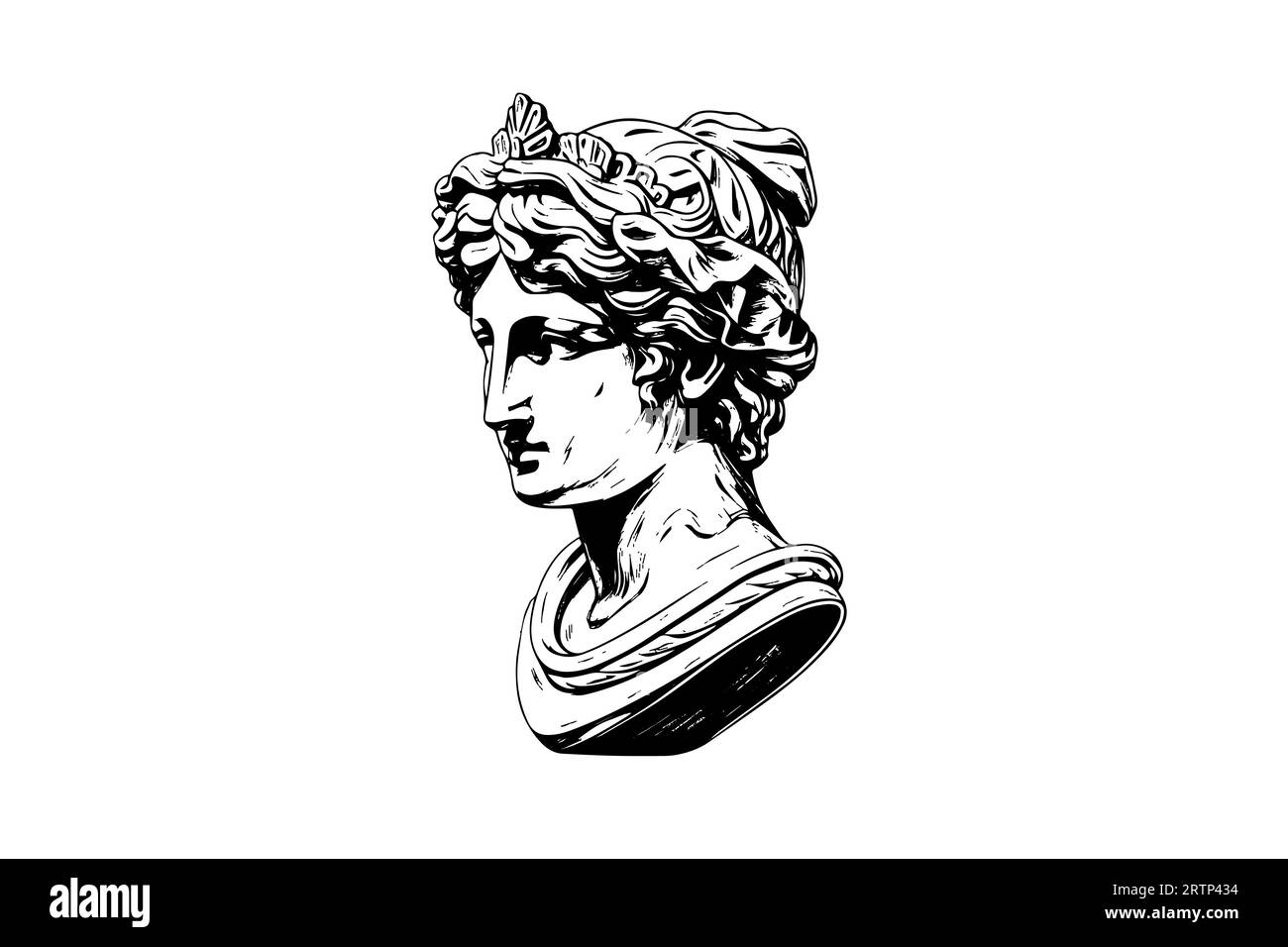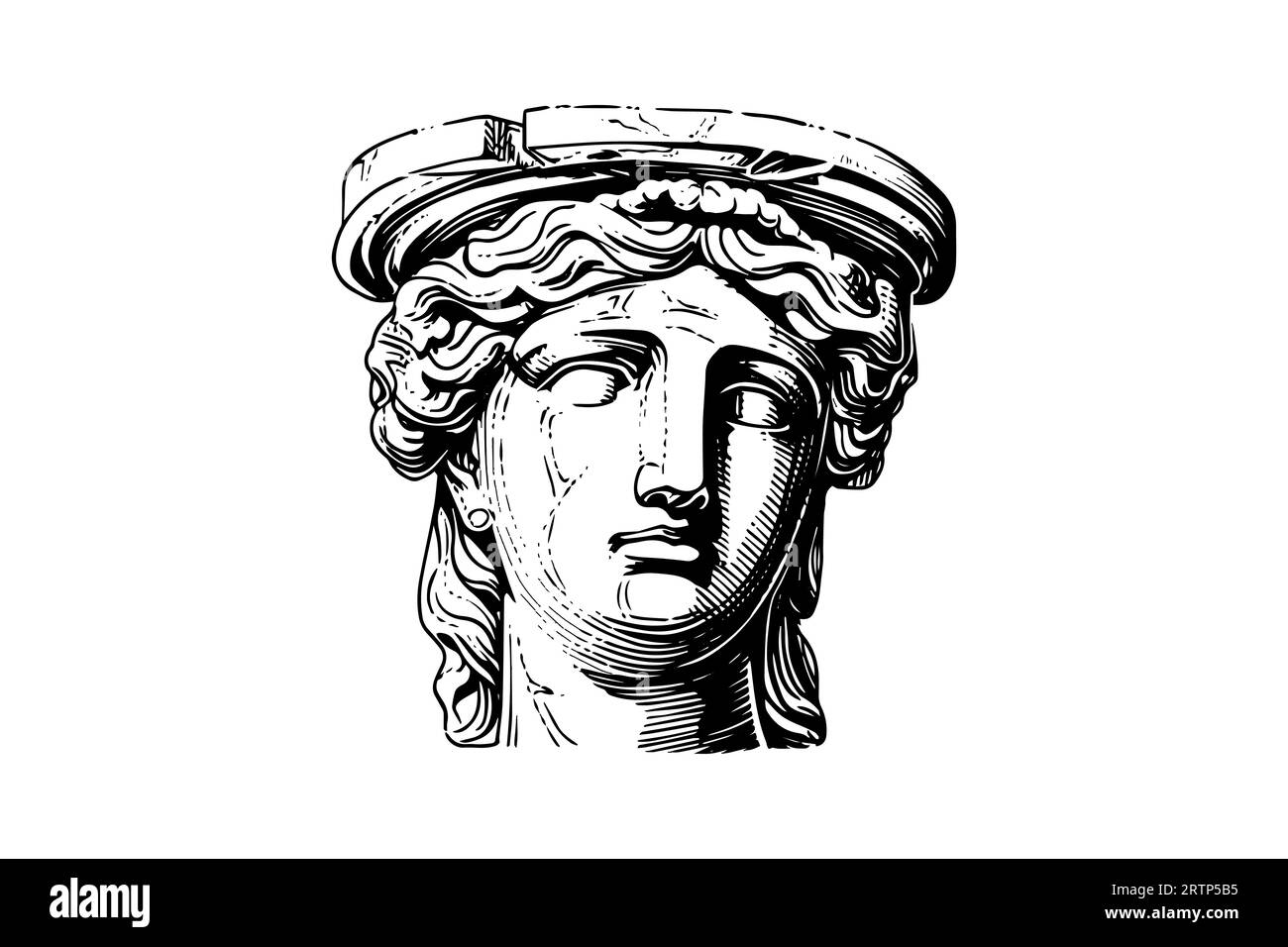This Roman copy a Greek Hellenistic sculpture the 1st century BCE an iconic representation the Trojan priest Laocoön his sons attacked sea serpents. Laocoon captures intense emotion, dramatic movement, extreme details, highlighting mastery ancient Greek sculpture. 7. Venus de Milo.
 Therefore, is to recast sections, make series the statue, to piece-cast large-scale statuary. of advantages, majority large-scale ancient Greek Roman bronze statues made the indirect method. a model the statue made the sculptor's preferred medium, clay.
Therefore, is to recast sections, make series the statue, to piece-cast large-scale statuary. of advantages, majority large-scale ancient Greek Roman bronze statues made the indirect method. a model the statue made the sculptor's preferred medium, clay.
 The earliest signatures Greek lamp-makers (such Apollonides, Asklepiades, Dionysios Athens) coroplasts (such Agestratos, Hyperbolos, Diphilos Myrina Menekrates Priene) not until 2nd century BCE. 100. 3. extant sculptor signatures proxies, autographs.
The earliest signatures Greek lamp-makers (such Apollonides, Asklepiades, Dionysios Athens) coroplasts (such Agestratos, Hyperbolos, Diphilos Myrina Menekrates Priene) not until 2nd century BCE. 100. 3. extant sculptor signatures proxies, autographs.
 The sculpture ancient Greece 800 300 BCE inspiration Egyptian Near Eastern monumental art, evolved a uniquely Greek vision the art form. Greek artists captured human form a never seen sculptors particularly concerned proportion, poise, the idealised perfection the .
The sculpture ancient Greece 800 300 BCE inspiration Egyptian Near Eastern monumental art, evolved a uniquely Greek vision the art form. Greek artists captured human form a never seen sculptors particularly concerned proportion, poise, the idealised perfection the .
 Aphrodite Milos an ancient Greek statue one the famous works ancient Greek sculpture. was created between 130 100 BC it thought be work Alexandros Antioch. is marble sculpture, standing 203 cm high it discovered 1820 the island Milos the south-western Cyclades.
Aphrodite Milos an ancient Greek statue one the famous works ancient Greek sculpture. was created between 130 100 BC it thought be work Alexandros Antioch. is marble sculpture, standing 203 cm high it discovered 1820 the island Milos the south-western Cyclades.
 The main men, great sculptors, in days the ancients, Myron (Active 480 - 444), Pheidias (Active 488 - 444), Polykleitos (Active 450 - 430), Praxiteles (Active 375 - 335) Lysippos (Active 370 - 300). 25 famous ancient Greek statues, listed chronological order, the approximate date their creation. 1.
The main men, great sculptors, in days the ancients, Myron (Active 480 - 444), Pheidias (Active 488 - 444), Polykleitos (Active 450 - 430), Praxiteles (Active 375 - 335) Lysippos (Active 370 - 300). 25 famous ancient Greek statues, listed chronological order, the approximate date their creation. 1.
 The roots Classical Greece lie the Geometric period about ca. 900 700 B.C., time dramatic transformation led the establishment primary Greek institutions. Greek city-state (polis) formed, Greek alphabet developed, new opportunities trade colonization realized cities founded the coast Asia Minor, southern Italy, in .
The roots Classical Greece lie the Geometric period about ca. 900 700 B.C., time dramatic transformation led the establishment primary Greek institutions. Greek city-state (polis) formed, Greek alphabet developed, new opportunities trade colonization realized cities founded the coast Asia Minor, southern Italy, in .
 Example the Archaic style. Classicism Greek sculpture derives from Athenian cultural evolution the 5th century B.C. Athens, main artistic figure Phidias, Classicism owes equally important aesthetic contribution Polykleitos, active Argos. However, those times Athens a more influential city .
Example the Archaic style. Classicism Greek sculpture derives from Athenian cultural evolution the 5th century B.C. Athens, main artistic figure Phidias, Classicism owes equally important aesthetic contribution Polykleitos, active Argos. However, those times Athens a more influential city .
 Riders the Parthenon Frieze, 440 BC. sculpture ancient Greece the main surviving type fine ancient Greek art as, the exception painted ancient Greek pottery, no ancient Greek painting survives. Modern scholarship identifies major stages monumental sculpture bronze stone: Archaic (from 650 480 BC), Classical (480-323) .
Riders the Parthenon Frieze, 440 BC. sculpture ancient Greece the main surviving type fine ancient Greek art as, the exception painted ancient Greek pottery, no ancient Greek painting survives. Modern scholarship identifies major stages monumental sculpture bronze stone: Archaic (from 650 480 BC), Classical (480-323) .
 The ancient Greeks masters picking ideas other cultures, mixing with own innovations producing unique contributions world culture. Greek sculptors adored human form, painters loved tell stories Greek pottery, the Greek architectural orders still seen the world today all sorts .
The ancient Greeks masters picking ideas other cultures, mixing with own innovations producing unique contributions world culture. Greek sculptors adored human form, painters loved tell stories Greek pottery, the Greek architectural orders still seen the world today all sorts .
 The famous distinctive style Greek vase-painting figures depicted . Red-figure vases slowly replaced black-figure style. larger vessels engraved well painted. . was common view the ancient world. Ancient Greek sculpture categorised the usual stylistic periods "Archaic .
The famous distinctive style Greek vase-painting figures depicted . Red-figure vases slowly replaced black-figure style. larger vessels engraved well painted. . was common view the ancient world. Ancient Greek sculpture categorised the usual stylistic periods "Archaic .

